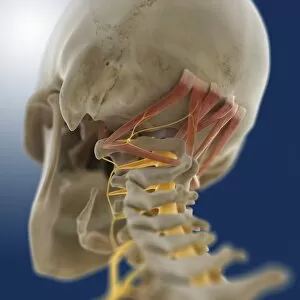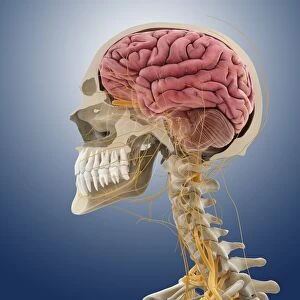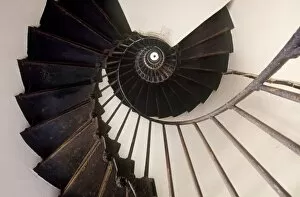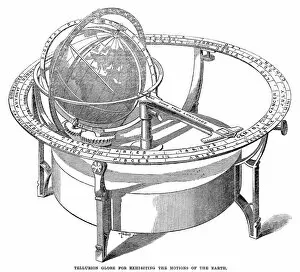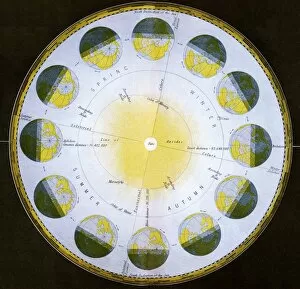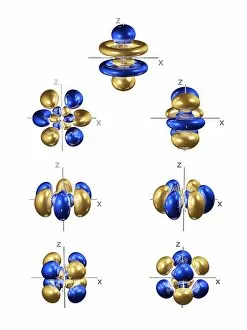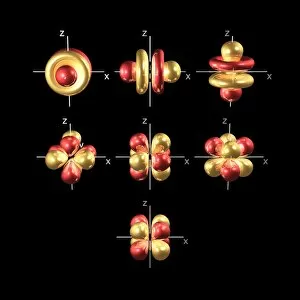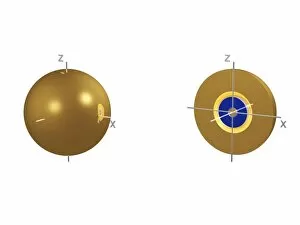Axis Collection (page 8)
"Axis: Unraveling the Threads of History and Science" In the midst of chaos, a powerful message emerged - "Tittle Tattle Lost the Battle
All Professionally Made to Order for Quick Shipping
"Axis: Unraveling the Threads of History and Science" In the midst of chaos, a powerful message emerged - "Tittle Tattle Lost the Battle. " This British World War II poster warned against the dangers of careless talk, reminding us that words hold immense power. As we delve deeper into the mysteries of our universe, a diagram reveals the spectral class and luminosity of stars. The axis on which these celestial bodies exist guides us towards understanding their brilliance and significance in our vast cosmos. Copernicus shattered conventional beliefs with his revolutionary theory about our Solar System's structure. The axis around which Earth revolves challenged long-held notions, forever altering our perception of space and time. "Hes Watching You, " declared an American World War II poster by Glenn Grohe. It served as a stark reminder to remain vigilant amidst global turmoil, highlighting how an unseen they are shape destinies during times of conflict. An Italian recruitment poster for the auxiliary service showcased the strength and determination within their ranks during World War II. These men formed an essential part of Italy's 10th Flotilla, united under a common purpose against opposing forces. The streets became battlegrounds in Stalingrad as soldiers fought fiercely for control. Lives hung in balance along this treacherous axis where victory or defeat could be decided by mere inches gained or lost. A German soldier found solace within a trench on the Eastern Front during World War II. In A. Hierl's poignant painting, we witness both vulnerability and resilience along this harrowing axis where humanity clashed with unimaginable brutality. Amidst darkness loomed heroes who rose to confront evil head-on - Captain Freedom and friends battled Axis powers on vivid comic book covers from c1943 America. These fictional champions embodied hope along an intangible yet potent moral axis that inspired millions during wartime struggles. G. H Davis' map meticulously outlined Sicily's geographical features - its coastlines kissed by the Mediterranean Sea.



